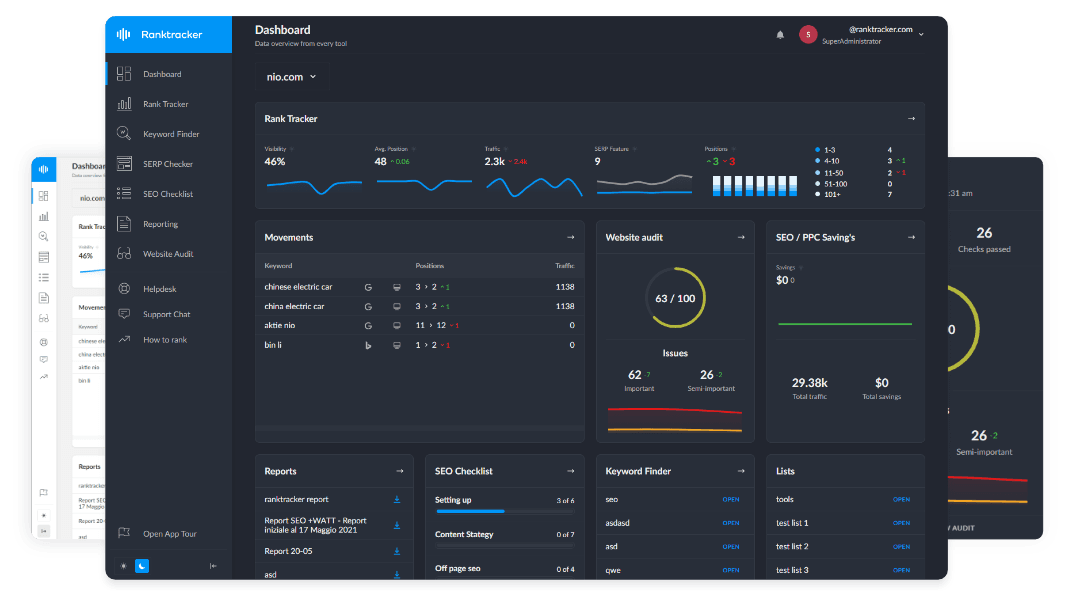Intro
Content configuration refers to the strategic structuring of content to enhance search visibility, improve user experience, and strengthen contextual relevance. Proper configuration ensures that search engines can efficiently crawl, index, and rank content while providing users with a seamless reading experience.
Why Content Configuration Matters for SEO:
- Helps search engines understand content hierarchy and relationships.
- Improves crawlability, indexing efficiency, and ranking potential.
- Enhances user engagement, dwell time, and conversion rates.
How Search Engines Use Content Configuration
1. Crawling & Indexing Optimization
- Google prioritizes well-structured pages for better indexing.
- Example:
- A logically arranged site structure reduces orphan pages and crawl inefficiencies.
2. Improving Semantic Relevance & Search Intent Matching
- Google evaluates how well content aligns with user queries.
- Example:
- "Technical SEO Guide" should link to subtopics like "Schema Markup Optimization" and "Page Speed Best Practices".
3. Enhancing Internal Linking for Topic Authority
- Proper internal linking strengthens page importance and ranking equity distribution.
- Example:
- A pillar page on "SEO Strategies" should link to "Keyword Research Techniques" and "On-Page SEO Fundamentals".
How to Optimize Content Configuration for SEO
✅ 1. Implement a Clear Content Hierarchy
- Use H1 for main topics, H2 for subtopics, and H3-H4 for details.
- Organize content using pillar-cluster models for better topic authority.
✅ 2. Optimize Internal Linking Structure
- Use contextual links to related pages.
- Example:
- A blog on "Google Algorithm Updates" should link to "Google Ranking Factors Explained".
✅ 3. Use Schema Markup for Enhanced Search Visibility
- Apply Article, FAQ, and Breadcrumb Schema to provide structured data for search engines.
- Example:
- An e-commerce product page benefits from Product Schema with price, ratings, and availability.
✅ 4. Improve Readability & User Engagement
- Use bullet points, short paragraphs, and visuals to break down complex content.
- Example:
- Instead of large blocks of text, use lists and multimedia for better engagement.
✅ 5. Optimize for Mobile & Page Speed
- Ensure fast-loading, mobile-friendly pages to retain users.
- Example:
- Google prioritizes Core Web Vitals for rankings.
Tools to Track & Improve Content Configuration
- Google Search Console – Monitor indexing and crawlability issues.
- Ranktracker’s Web Audit Tool – Analyze internal linking, content depth, and structural efficiency.
- Surfer SEO & Clearscope – Optimize content structure and semantic relevance.
Conclusion: Leveraging Content Configuration for SEO Success
Proper content configuration ensures that search engines easily crawl, index, and rank pages, while users find relevant information efficiently. By optimizing hierarchy, internal linking, and structured data, websites can improve search rankings, engagement, and conversions.
For expert SEO tools, explore Ranktracker’s advanced SEO solutions and optimize your content configuration today!

